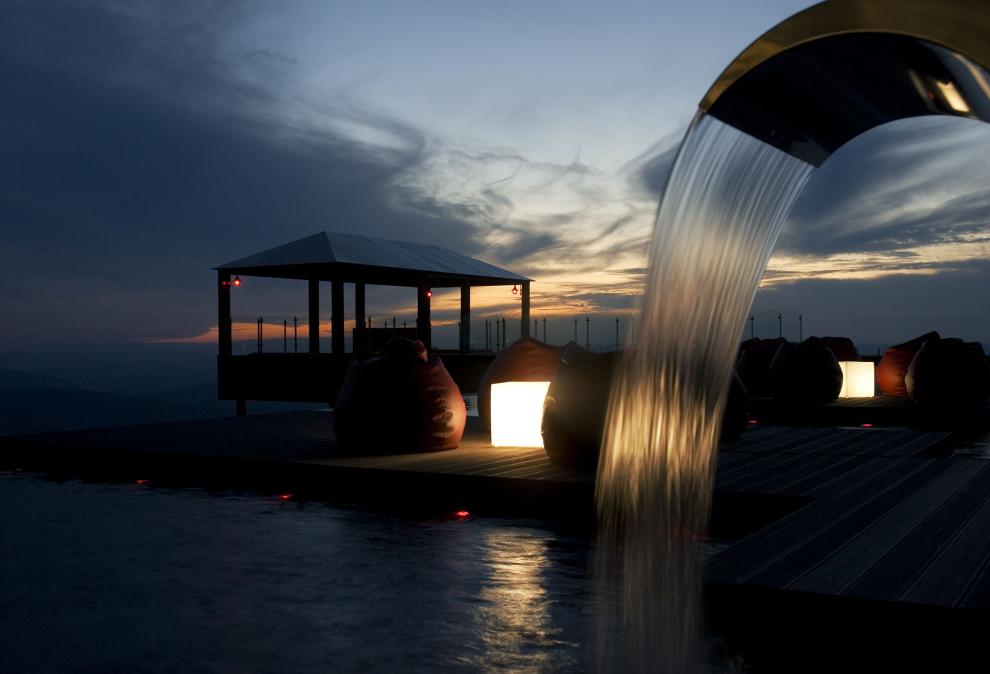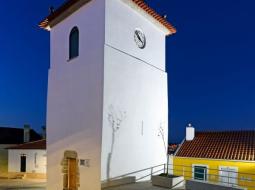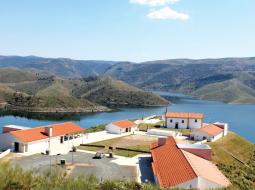Thessaloniki gets ready for its metro launch in November
The underground rapid transit lines have been under construction for almost two decades due to various project delays
 TheMayor.EU logo
TheMayor.EU logo 
The name of the town itself symbolizes a calm and hospitable place which invites you to an extended stay. This was how the Arabs described it in the 8th century, when they named it Alfandagh. Later on, during the Christian reconquest of the peninsula the word “Fe” (faith) was added to it. This is how the present toponymic of the town and seat of a county was born, which always had its elements of reference in the Serra de Bornes, Vale da Vilariça and Rio Sabor. Alfandagh, Alfândega, was administrative seat with some importance in the time of the Muslim occupation, but thanks to archeological findings, it is known that the territory has been inhabited since ancient times.
The history of Alfândega da Fé as a proper town, on the national level, was truly established on 8 May 1294, when D. Dinis granted it its first town charter. In 1510 D. Manuel I granted Alfândega da Fé the new Charter of Foral, thereby increasing its scope. Despite the municipality being abolished in October 1855, it was again restored in January 1898 as an independent administrative district. Since then, Alfândega da Fé has maintained the same geographic boundaries.
Located in the Transmontano Northeast, in the Transition zone of Terra Fria to Terra Quente Transmontana, with about 4 thousand inhabitants, the county is currently composed of 12 parishes distributed along 321.95 Km2, in a landscape which alternates between 400 and 1200 meters of altitude.
Alfândega da Fé possesses territory where nature and the experienced hands of men and women have shaped as a source of livelihood for centuries. In fact, agriculture epitomized by chestnut, olive, cherry and almond growing is still the main economic activity in Alfândega da Fé. Products resulting from their processing, in addition to smoked meat and cheese are some of the municipality’s main exports. Tourism, particularly associated with endogenous resources, is an area in which there is a strong expansion and development - thanks to local know-how, the characteristics of the territory and the potential it offers.

Alfândega da Fé is an open and modern municipality where traces of the past can surprise us at every corner. Do not miss the breathtaking view at the Castle Viewpoint, stroll through the narrow winding streets, where you’ll find traditional houses that survived the test of time, religious buildings or the peculiar Clock Tower.
Enjoy the ride and accompany the contemporary feature of the open-air Museum made up of sculptures, tile panels and even large murals. The works of art are distributed in several public places and can be appreciated as you visit other elements that identify the county seat.
Stop at the Casa de Cultura Mestre José Rodrigues and visit the exhibition at the Manuel Cunha Gallery. From here, head to Jardim Cândido Mendonça, a space that conserves a typical Bandstand. Nearby is the Green Park, another of the county's natural sites of choice.

Visit one of the most emblematic sanctuaries of the county and let yourself be enchanted by the unique beauty of Lagos do Sabor. The construction of the Baixo Sabor dam submerged the site of the Santo Antão da Barca Chapel, which was transferred to a higher point, now providing a magnificent view of the Sabor Lakes.
Address: Largo de D. Dinis, 5350-014 Alfândega da Fé